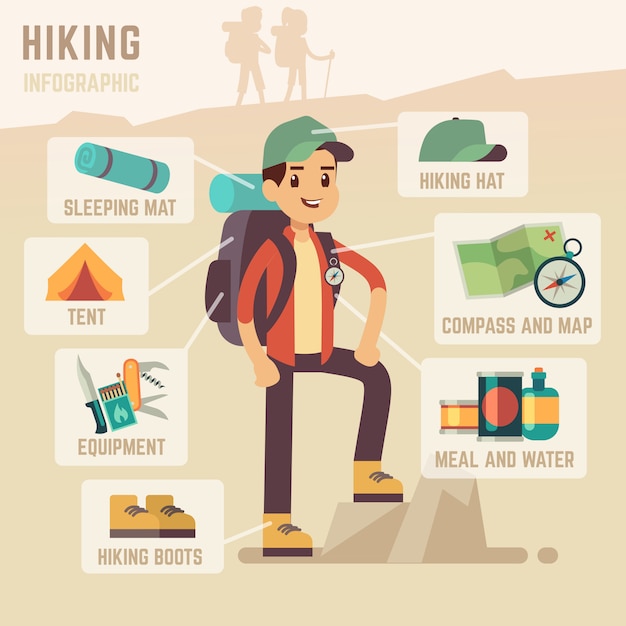The Must Read Guide For Selling Camping Tents Online
The Must Read Guide For Selling Camping Tents Online
Blog Article
Taking Pictures of the Night Sky
A variety of elements can impact evening skies digital photography. From weather conditions to upcoming celestial events, you'll wish to prepare in advance to make certain success.
Can you live in a tent in winter?
The shutter rate you pick establishes whether celebrities look like exact pin-points or trail across the photo. An excellent guideline is to limit the exposure to 500 secs, or the equivalent of your lens's focal length.
Area
Among the most essential factors in an excellent picture is where you take it. Aim for areas with minimal light contamination, and stay clear of places that have bright city lights and high-rise buildings.
Likewise, try to find a place that supplies foreground aspects to develop compositions with. For example, dune patterns, wind-sculpted ridges and rough outcrops can all supply interesting foreground elements to aid tell the tale of your evening sky picture.
It is likewise useful to study huge events such as meteor showers and lunar eclipses to make the most of possibilities for terrific photos. Making use of a tool such as the Photographer's Ephemeris can be unbelievably helpful when preparing your shoots. It aids you to establish moon phases, Milky Way setting and other huge occasions. Additionally, take into consideration shooting in RAW format instead of JPEG as this provides you a lot more versatility when refining the photos. This is specifically real if you plan to print your photos.
Video camera Settings
Getting the best cam setups is necessary for any kind of picture, yet especially so for night sky photos. A wide-angle lens is best for capturing more of the Milky Way and reducing star trails, as well as a longer shutter speed to quit the activity of celebrities and disclose their information.
For an optimum degree of quality, shoot in RAW layout as opposed to JPEG, which enables you to protect even more data and offers versatility during post-processing. This can also add to file dimension, so make certain you have lots of storage area and additional memory cards on hand.
Set your emphasis to hand-operated concentrating by turning the AF/MF turn on your lens into MF mode. You might require to take a couple of test shots and inspect the image playback on your camera's LCD display till you attain best, identify manual focus. It's an excellent concept to do this during the day with your selected lens and the location you will certainly be contending evening, to confirm the accuracy of your focus setup.
Lighting
A good night skies picture needs the best conditions. This includes a dark sky, but also an interesting foreground component such as a hill imminent, a lake to reflect the celebrities, or a human component like a barn or shed. You can even use a headlamp to brighten the foreground and include some drama or deepness to your photo.
The most important electronic camera settings for night skies photography are the aperture and shutter speed. The bigger the aperture, the more light that gets luxury glamping hoodies to the sensing unit. This allows you to record brilliant stars in a relatively brief amount of time.
The shutter rate figures out whether your stars will certainly be pin-point best or if they will look like star trails as a result of the Earth's turning. Make sure to take multiple lengthy exposure shots and pile them in post-processing for the very best results. Last but not least, shoot in RAW setting to give yourself optimal latitude in post-processing.
Composition
The key to stunning star shots isn't a premium telescope, a new wide-angle lens or a state-of-the-art Canon or Nikon cam. It's technique, preparation and composition.
For beginners, search your shoot area in advance to obtain a feel for the design and possible structures. Consider integrating foreground elements such as rocks, a lake or alpenglow on the landscape to include character and rate of interest to your photos.
Keep in mind the Rule of Thirds when composing your images. This simple concept aids equilibrium and merge images. It's additionally useful for concentrating on points of interest in your picture, such as rock attributes or the Milky Way. Additionally, remember to intend your shoots around moon phases-- shooting at a moon can overpower celebrities and create a silhouetted shape, while firing on nights with a new moon can assist you see constellations extra clearly.
Are canvas tents better?
